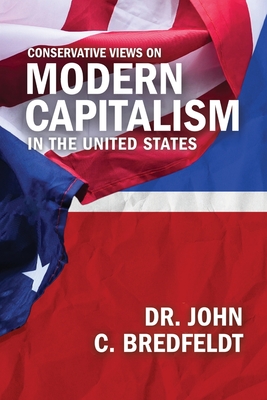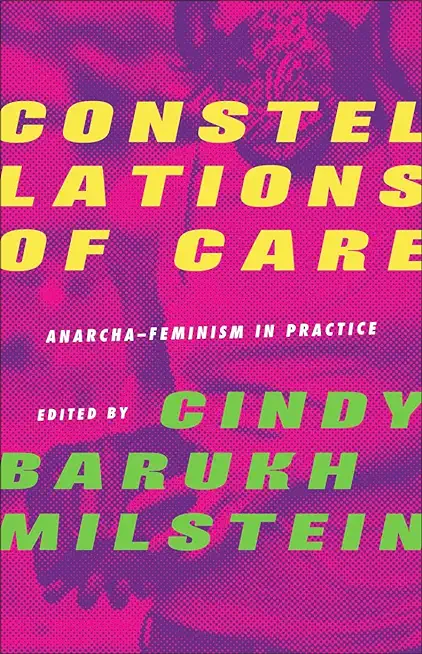ovide a lay reader who knows little or nothing about the workings of the U. S. Economic System a background on its birth, its concepts of operation, its mechanics of operation, and a number of economic issues currently under great scrutiny in the United States. There are three sections to the book. Section 1: Economics Defined and the Foundation of Capitalism discuss the theoretical and conceptual make-up of Capitalism as defined by its creator, Adam Smith in 1776. Section II: The Mechanics of Capitalism, discusses how the capitalistic economic system is designed to work, and particularly how the U. S. Capitalist Economic System has been tailored to work for us as a nation of consumers and businesses. Finally, Section III: U. S. Economic Issues discusses the various economic issues which the American public and businesses face in the U. S. In this section, each chapter deals with one specific issue and addresses the current economic conditions, areas of failures of the government sector to apply capitalism concepts to each of the problems at hand, and one or more recommendations by the author to resolve the issues via better implementation of the capitalist model and concepts originated by Adam Smith.
This book contains two specific elements that many economic treatises fail to provide. One is a relatively vast amount of statistical data in order to provide the reader with facts that support the author's depiction of the issue(s) at hand in each chapter. Then the author will provide what I consider both reasonable and attainable methods of change to greatly improve upon the troublesome issue that is in one or more ways damaging the capability of the U. S. Economy to serve the American public and businesses to its desired potential via its true original concepts. These recommendations are oftentimes considered "conservative economics" in nature because they tend to return to the original concepts envisioned by the founder of Capitalism, Adam Smith. However, there are times in the books where some of my recommendations will, indeed, go outside the normal bounds of Adam Smith's teachings because the current risks to he American public is too great to use singular and/or non-complex policies to move the U. S. Economy in what the author believes is the necessary direction(s). However, as the author, I admit unequivocally to be a conservative economist at heart and intellecturally.








